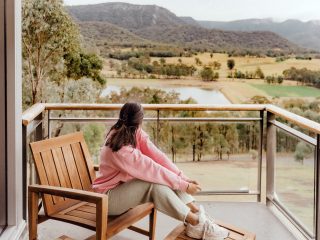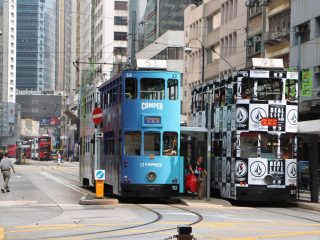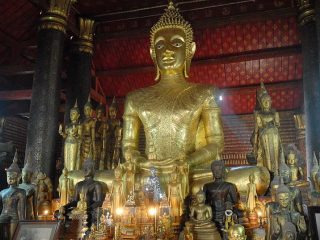With the mention of historic Cambodia, the immediate picture that springs to mind are the monumental temples of Angkor Wat. Containing the remains of several cities of the Khmer Empire dating from the 9th to 15th century, this World Heritage Site is considered one of the most important in South East Asia. The once insignificant village of Siem Reap has boomed into a tourist town as the gateway to these beautiful ruins.
Rediscovered by the French at the turn of the 20th century, the buildings of Angkor tell the stories of several centuries of history in their sculptures, carvings and stone artwork. As the Khmer king Jayavarman II chose the region for the capital of his Hindu empire, the buildings heavily reflected this influence. He built his city not in Siem Reap but nearby Hariharayala – now known as Rolous. The architectural and cultural basis for the great Angkor was established here and can be seen on the delicate Hindu patterns and the familiar five tier roofs that symbolize the mythical Mount Meru.
The later king Indravarman I completed the Bakong – the first temple mountain that is considered to be built by the Khmer. With wall reliefs of battles between men and gods and stone statues of elephants and lions standing guard, the amount of detail put into the aesthetics of the building is impressive. To get to the top of the temple, visitors and devotees would climb the numerous stairs, which is rather reminiscent of the Mayan temples of South America. The carvings at each step are still considerable well preserved.
The nearby Lolei temple is devoted to Shiva, with lintels carved with monstrous creatures and their slayers, is somewhat crumbling down. Koh Ker and Banteay Samre that played their part as capital cities for a few decades later are only slightly better off. However, they are a wonderful portrayal of the talent and mastery of the stone carvers and artists of this bygone era.
As the empire expanded the later kings shifted the capital to Angkor and Rolous and these outer regions soon lost their splendour. Now situated outside the Angkor Archaeological Park, these sites can still be visited with a pass to the park. As they are not as frequently visited as Angkor, you can have the ruins to yourself to explore.
Staying at a Siem Reap hotel will allow visitors to make the best of their time in this region full of history. The elegant Raffles Grand Hotel d’Angkor gives easy access to Rolous – only 15 kms away from the city. The Khmer empire’s architecture and attention to exotic detail is wonderfully captured by this luxury hotel Siem Reap and is a place to embark on an unforgettable adventure




